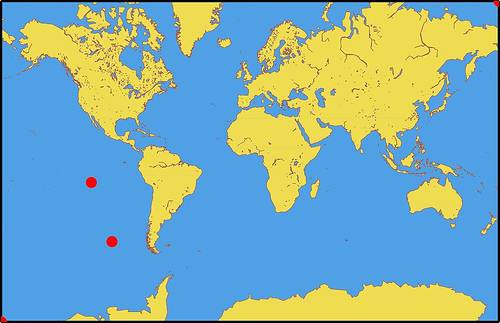On the 4th of July 1803, a ball of fire struck the White Bull public-house, kept by John Hubbard, at East Norton. The chimney was thrown down by it, the roof in part torn off, the windows shattered to atoms, and the dairy, pantry, &c. converted into a heap of rubbish. It appeared like a luminous ball of considerable magnitude; and on coming in contact with the house, exploded with a great noise and a very oppressive sulphureous smell.
— Kirby’s Wonderful and Scientific Museum, 1803





